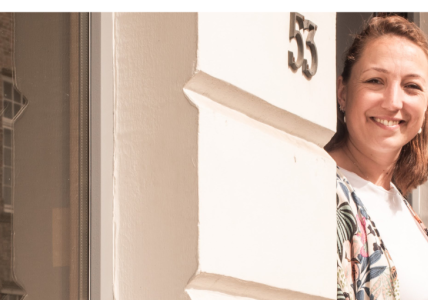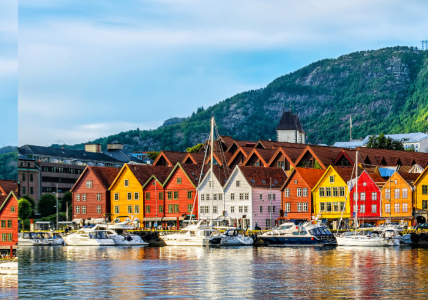What do an oyster safari, an excavation at a church ruin, a movie about moose catch pits and a virtual reality gallery have in common?
These initiatives are all part of the CUPIDO project aiming to keep and bring back life in declining rural areas. The project supported more than hundred cultural activities, lifting rural areas that are struggling due to aging and retreating local services. An impressive 41 new businesses started, that will contribute to rejuvenating rural areas.
Rural attraction
Rural areas can be places of great natural beauty and a good place to retire but they can also struggle with population decline. Young people move to the cities, leaving houses and shops empty. This results in reduced services for the remaining older generation.
The CUPIDO project aims to reverse this trend and make these regions attractive again for young people to visit and live. At the same time, it sees the opportunities the older generation can bring. The idea is that with interesting cultural activities, social cohesion of areas receive a much-needed boost. With an up-to-date cultural offering, the region can attract businesses and encourage growth for existing ones.
Culture can take central stage in economic growth, and at the same time improve liveability for both the young and the old. CUPIDO ran in seven regions in six North Sea countries providing proof that local culture and heritage can drive sustainable business in the countryside.
From prehistoric findings to a more recent fishery past, each region has a story to tell. The project built on from existing strengths of the seven regions by drawing a clear picture of the values of each area. With this 'DNA of the region', as this overview is called, the project started to develop and encourage activities linked to it.
The more than hundred activities and events clearly showcased the power of culture and how culture can inspire development in rural areas.
First digital experiences
CUPIDO became a real driver of the use of digital technology in cultural activities. Perhaps more than it originally intended to be as the project adapted its course due to COVID. Embracing technology turned out a great way to involve the young and connect to a new audience.
Virtual Reality technology was extensively tried and tested and expanded the offering of local museums and visitor sites. Gamification of heritage sites proved to be a game changer in how visitors experience cultural sites.
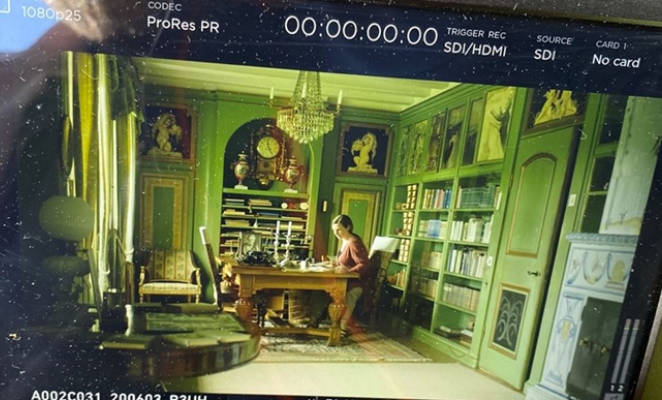
A still of the theatre performace in Sunne, Sweden, that attracted 40.000 online viewers.
When theatre shows in Sunne, Sweden in the summer of 2020 could not be performed with a live audience they took the chance to make it into testbed for the CUPIDO project.
A performance and a teaser for next year's show was livestreamed on Facebook and attracted 40,000 viewers within days after its release. The performance 'Körkarlen' was played, based on a novel by the Swedish author Selma Lagerlöf from 1912. Körkarlen is a story on the border between a myth and a supernatural story and was created at a time when tuberculosis was the prevailing pandemic.
The shift to online reached more visitors than a sold-out summer at Västanå Theatre in Sunne and reached a new target group. This is just one example of the many successful activities under the CUPIDO umbrella.
There was hesitance, but with help from the project, and a little push from Corona, our summer theatre went online. After great success, it was an easy decision to follow suit with our Christmas show.
Highlands and Islands, a region in Scotland also went digital and experimented with virtual reality and 3D digitalisation. The Scapa Flow museum created a digital immersive exhibition in cooperation with St Andrews University.
Scapa Flow was the main base for the Royal Navy in both World Wars and the digital features make it is possible to experience what life was like in those times.
CUPIDO's oysters
Keen to book an Oyster Safari? This is now possible on the island of Morsø in Denmark. A new way to put the area on the tourist map and stimulate business opportunities, in conjunction with its rich fishing history. Stimulated by the CUPIDO project, the area aims to establish itself as the shellfish capital of Denmark.
Besides an Oyster Safari the area has set up big events like the Oyster Premiere and Oyster festival. By facilitating start-ups and giving a hand to SMEs in business matters, the area raises its offering and thrives as a tourist destination.
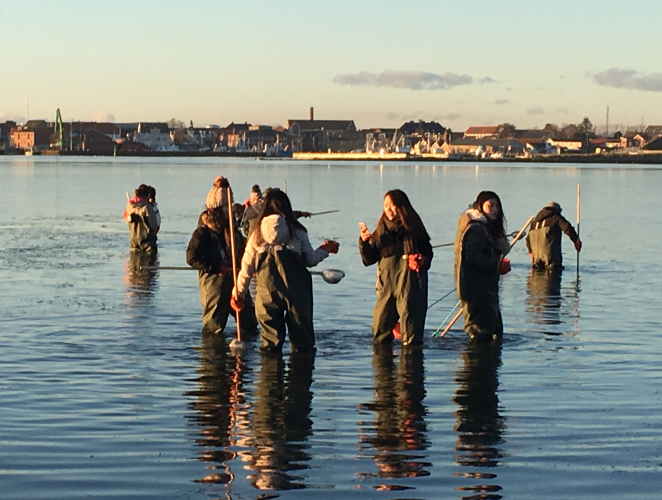
Visitors from China experience an oyster safari in Morsø, Denmark.
The CUPIDO match
All of the CUPIDO pilots and achievements were designed to promote and preserve local cultural heritage. Putting different actors together to find ways to lift culture resulted in many ideas and made regions see the value in their own surroundings. Looking to increase footfall required businesses, public sector, and knowledge institutions, to work together to raise the attractiveness of the region. The lines are now established, linking all efforts to the DNA of each region.
By educating and trialling digital solutions it modernised many cultural offerings and improved visitor experience. The project stimulated local and regional authorities to include culture as an economic driver in its policy-making. The CUPIDO project has shown the benefit of working together on rejuvenating these areas.
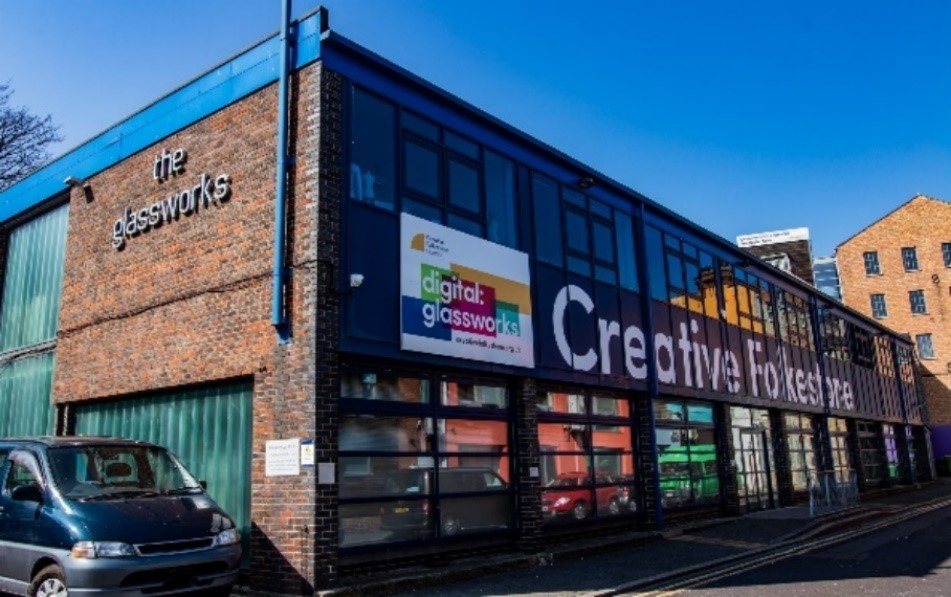
CUPIDO provided crucial support to a new digital creative hub in Folkestone, UK, one of the rural pilot areas.
Top 3 project highlights
100+ activities and events
An impressive 104 activities and events took place as part of the CUPIDO project. All of the support measures carried out built further on the regions’ 'activity DNA': an analysis of its own strength that was carried out as part of the project.
41 new businesses started
Creative businesses have sprung up, restaurants and cafes opened, and local artists see new opportunities. All thanks to the project making rural areas attractive again for local residents and visitors alike.
180 new solutions adopted
Virtual reality, live streaming, storytelling, and branding are some of the tools local businesses have been introduced to through the project. They have given organisations new means to create interest and reach customers and have created plenty new business opportunities.
Happily ever after
The CUPIDO Virtual Reality toolkit is a great way to review and get inspired by the collection of activities that took place. The online platform is full of examples, instructions, and features you can try, to replicate the benefit the CUPIDO project had on rural areas. It is a great legacy of the project that rural regions can use to expand their cultural offering.
Get in touch
Did you get curious about that church ruin, the movie about moose catch pits, or a virtual reality gallery?
Feel free to reach out to learn more:
Katarina Nordmark - Region Värmland, Sweden
Learn more
About the author
Katarina Nordmark was project manager of the CUPIDO Project. Katerina recently changed jobs from Värmland County to Region Värmland.
Top image: Still from 'Light without borders' performance in Nome, Norway. The dance and light production was a collaborative project between two regions in Sweden (Sunne and Värmland) and Nome in Norway.
